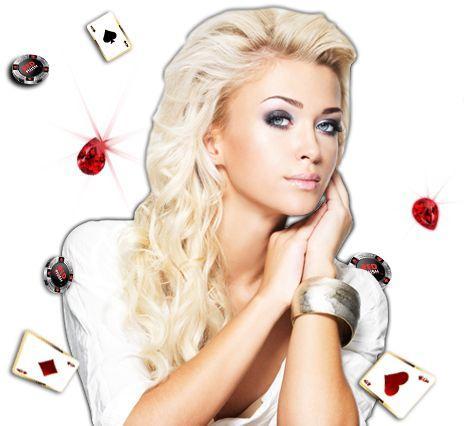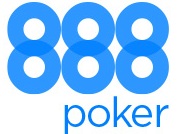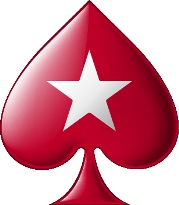Texas Hold ’em is currently the most popular game in online and brick-and-mortar card rooms. The game has received a lot of attention as a result of television programs, such as the World Poker Tour, the World Series of Poker, and Late Night Poker, but Hold ’em has a number of other factors going for it as well. First, Hold ’em is relatively simple to learn. Second, there’s the opportunity for weaker players to go wrong from the very start of a hand and put money at risk with underdog’s hands. Third, there’s a lot more to the game than meets the eye, which means skilled players can tear chunks out of their opponents’ bankrolls through superior knowledge and tactics. Fourth, there’s a fair amount of luck involved, so even if you do get trapped by a better player or a better hand, you will often have a shot to come out ahead.

In a brick-and-mortar card room, the dealer discards the card on top of the deck, deals three cards face down, and then turns the three cards face-up, spreading them out in one smooth motion. We can’t decide whether the action is “fl ipping” or “flopping” (we each voted for one version, then changed our minds and went for the other), but pretty much everyone calls that first group of three cards the flop, so we’ll call it that as well.
The three cards in the middle of the table, and the two cards that will appear later in the hand, are common cards, meaning they’re in everyone’s hand. If the flop contains three Aces, as is the case in Figure 4.1, then everyone still in the hand has, at a minimum, three Aces. If you have the A♥ as one of your hole cards, you have four Aces and an extremely good, though not yet unbeatable, hand.
After the flop, there is a round of betting. When the action in that round is done, the dealer adds a fourth common card to the middle of the table. This fourth card is called the turn, in the sense that horses come around the fi nal turn before the home stretch in a race. There’s another round of betting after the turn, and then the dealer adds a fi fth common card to the middle of the table. This card is called the river, in the sense that horses need to cool off with a drink of water after a race. No, we don’t really know why the final card is called the river. It might be a Texas thing.










